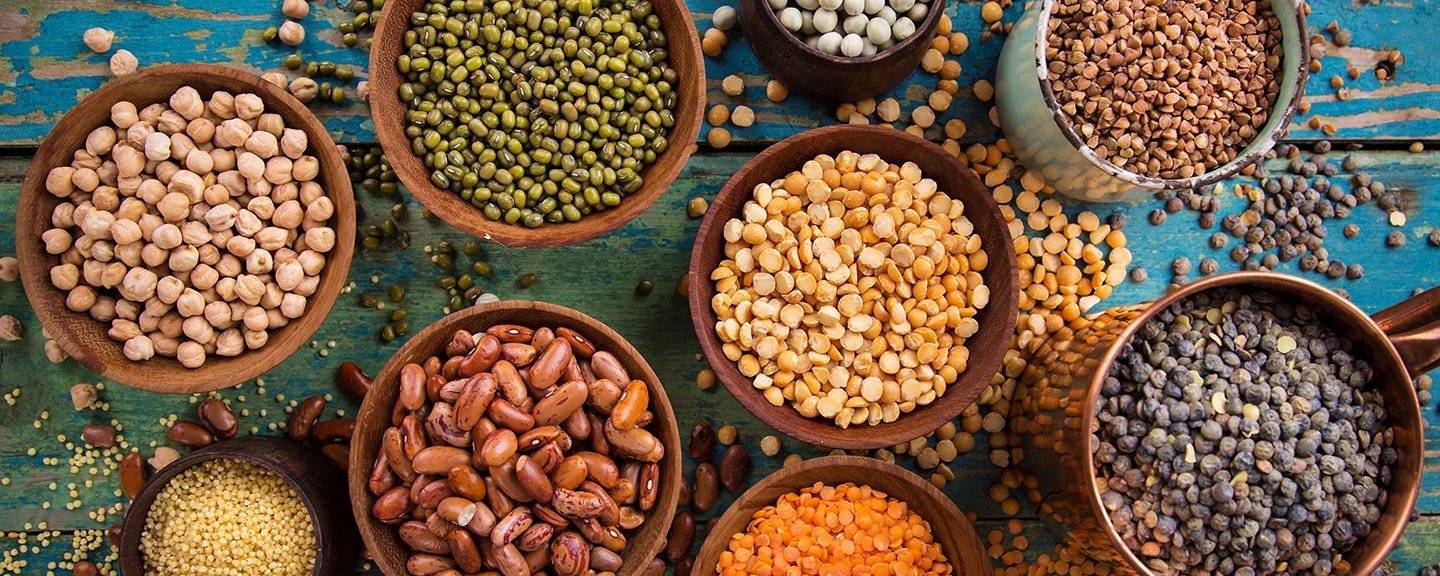Legume Actions in Sustainable Farming
The Sustainable Farming Incentive (SFI) scheme for 2024 includes several actions related to legumes, aimed at improving soil health, managing nutrients, and supporting biodiversity.
Legumes on Improved Grassland
This action involves establishing and maintaining legumes on improved grassland. The purpose is to manage nutrient efficiency, protect the soil surface, and support soil biology. Legumes such as red clover, white clover, and lucerne can be used. This action is rotational or static, meaning it can be moved or kept in the same location each year. The payment for this action is £102 per hectare per year, and it lasts for three years`[1]`.
Legume Fallow
The legume fallow action aims to establish a fallow with legumes that grow and flower from late spring to summer, providing green cover over winter. This supports nutrient efficiency, soil health, and provides food for wildlife. The seed mix must include at least six flowering species, including legumes like alsike clover and bird’s foot trefoil. This action also lasts for three years, with a payment of £593 per hectare per year`[2]`.
Herbal Leys
Herbal leys involve establishing a mixture of grasses, legumes, and herbs to provide varied root structures and flowering plants. This action aims to produce forage with minimal inorganic fertilizer use, improve drought resilience, and maintain soil structure and fertility. The payment is £382 per hectare per year for a duration of three years`[3]`.
These actions not only enhance the agricultural landscape but also contribute to environmental sustainability by promoting biodiversity and improving soil health.
